Recently, LED lighting is gaining in popularity and customers are becoming more demanding about product performance. LED component vendors are also under pressure from their corporate customers to come up with solutions that go beyond their traditional business portfolio.
Samsung Electronics has been in the LED business for more than 10 years, covering a range of applications in indoor and outdoor lighting, displays, and the automotive market. It is an industry leader in terms of both product performance and technological prowess in fundamental technologies related to materials, optics, heating and structural analysis, all of which contribute to our ability to deliver what customers want.

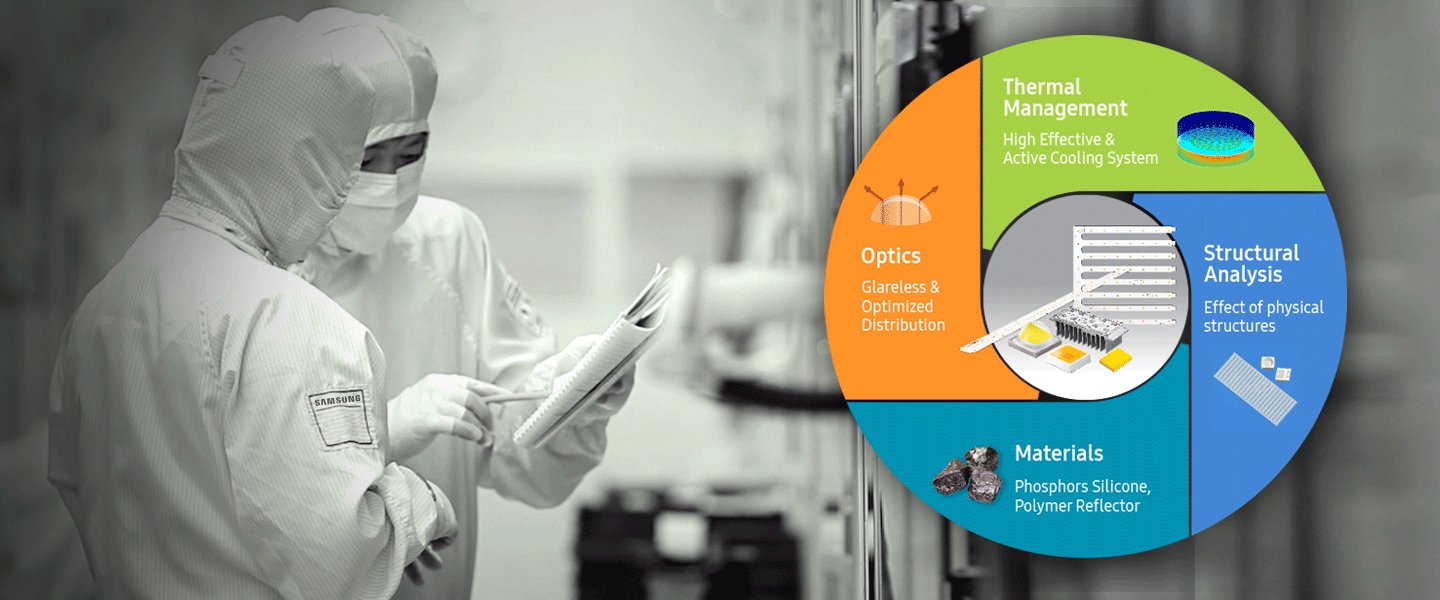
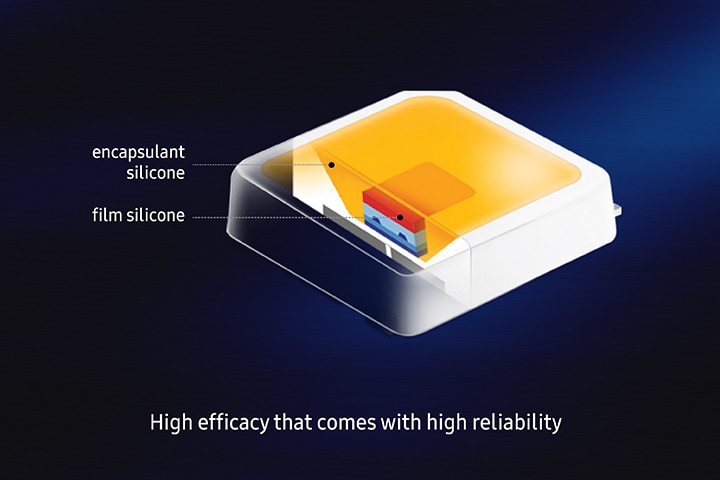
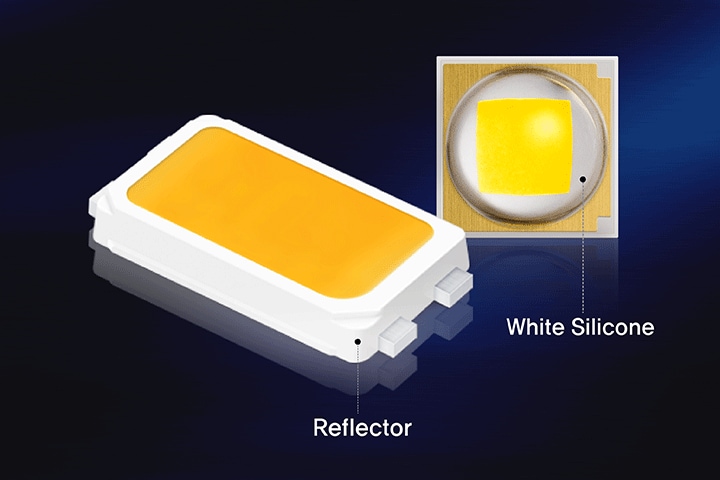

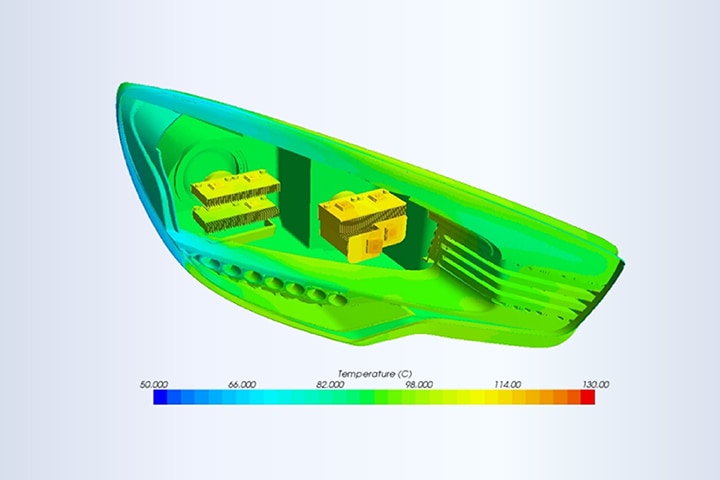
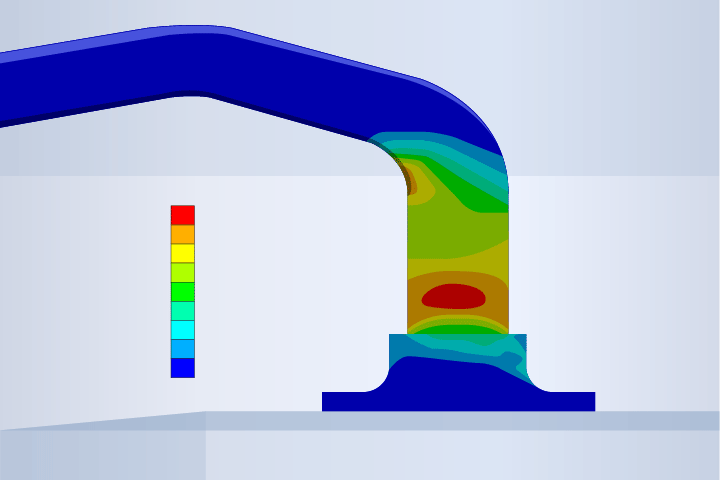
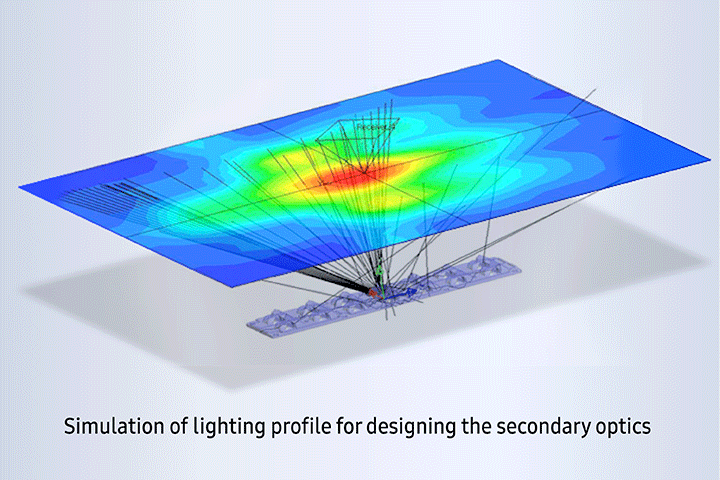
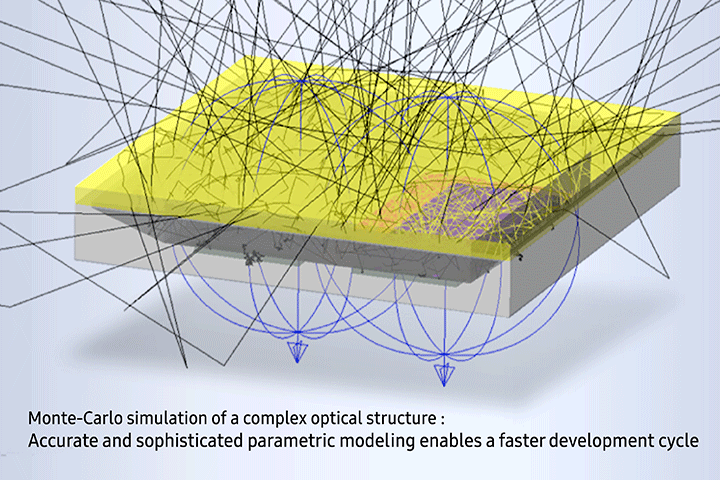

 Copyright ⓒ 1995-2023 SAMSUNG All Rights reserved.
Copyright ⓒ 1995-2023 SAMSUNG All Rights reserved.